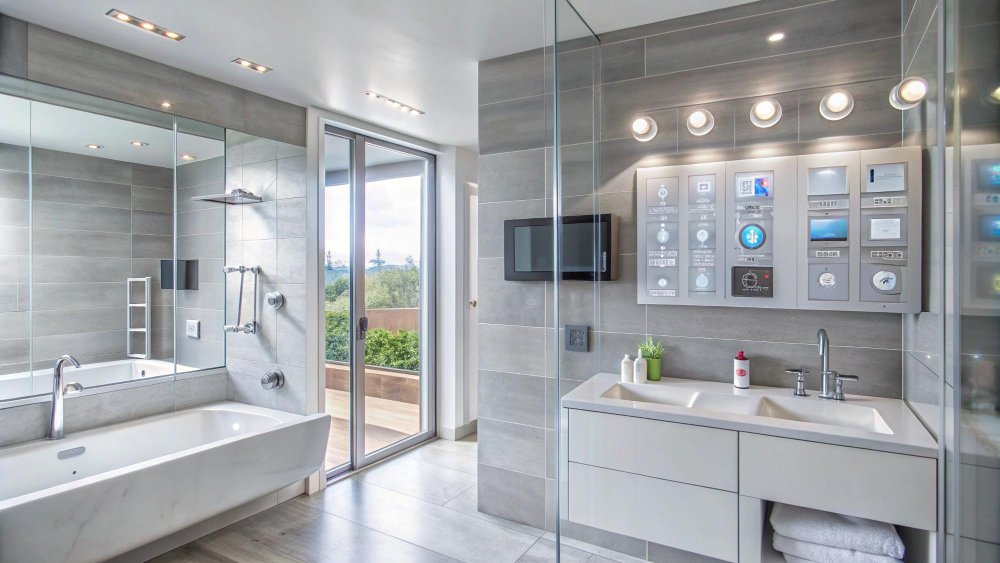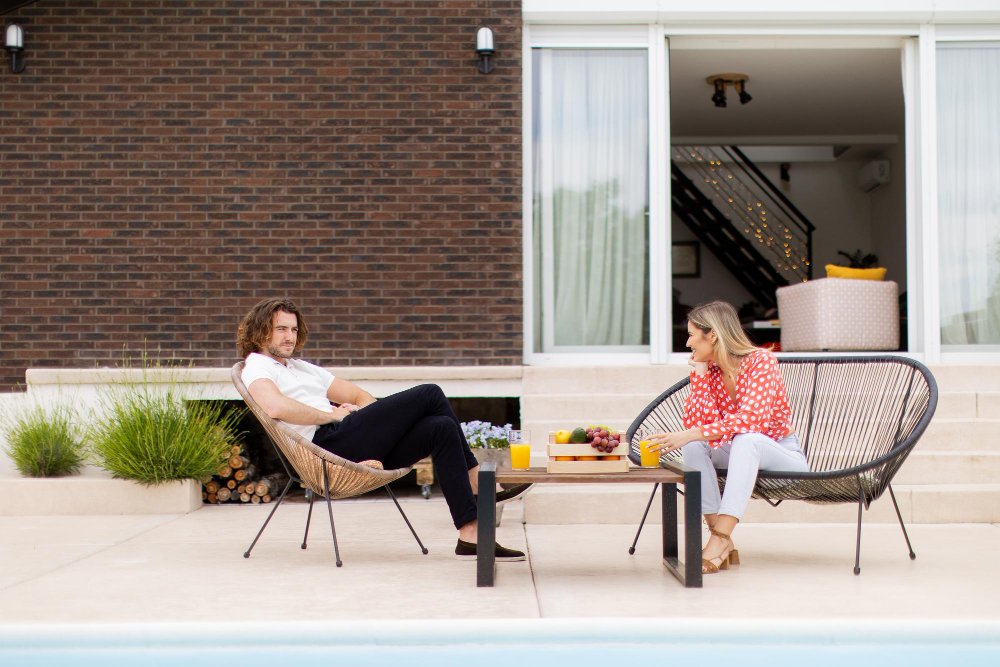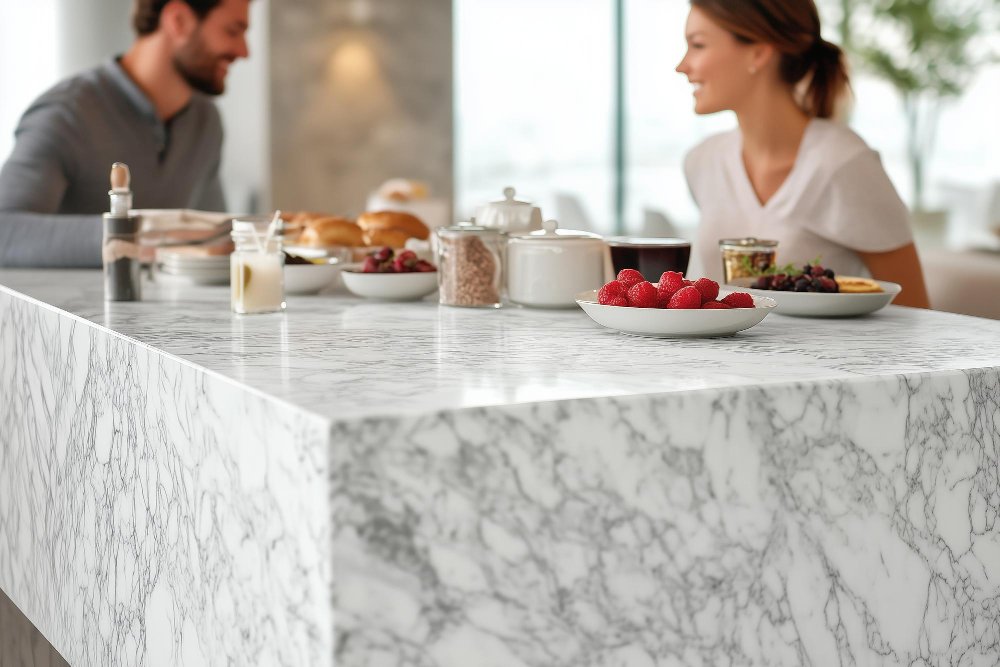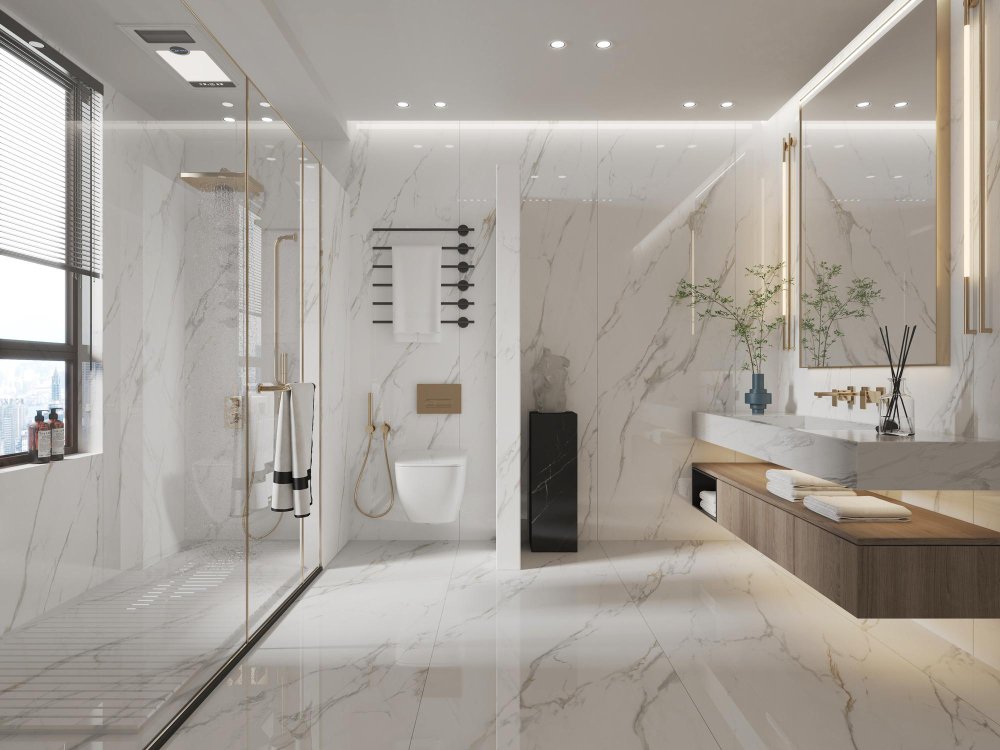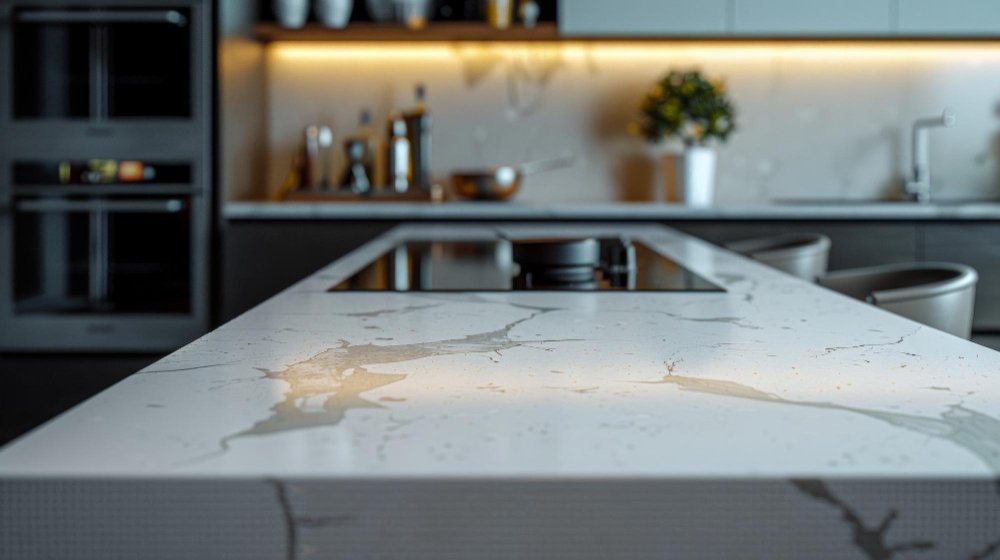When it’s time to upgrade your bathroom, replacing the shower is one of the smartest—and most impactful—moves you can make. But before you start picking tile patterns and fixtures, let’s talk dollars and decisions. The truth is, shower replacement cost isn’t one-size-fits-all. This step-by-step guide walks you through the process so you can invest wisely, avoid unnecessary expenses, and walk away with a shower that feels like a spa—without costing one.
Step 1: Set a Realistic Budget
Most homeowners spend between $3,000 and $10,000 on a shower replacement, depending on scope, materials, and labor. Decide what you’re comfortable investing upfront—and remember, your bathroom is one of the highest ROI spaces in the home.
Smart Tip: Add a 10–15% buffer for unexpected costs (like water damage behind the wall).
Step 2: Choose the Type of Shower
Are you going with a prefabricated unit, a custom tile walk-in, or a frameless glass enclosure? Each has its own cost tier:
- Prefab Kits: $1,000–$3,000
- Midrange Tile Showers: $4,000–$7,000
- Custom High-End Showers: $8,000+
Think about long-term durability, style, and cleaning ease—these aren’t just aesthetic decisions.
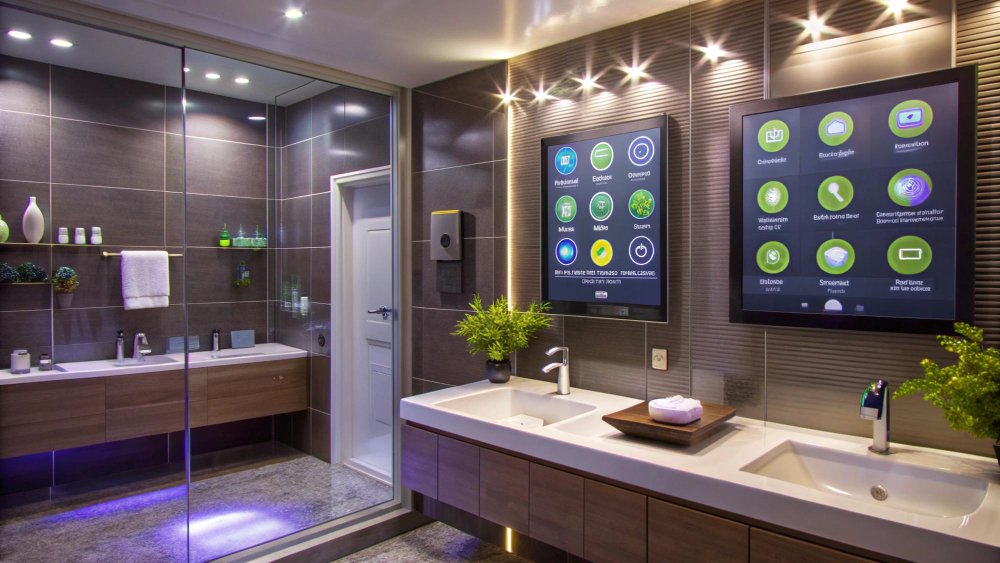
Step 3: Factor in Labor
Labor can account for 40–60% of your total cost. That includes demolition, waterproofing, plumbing, tiling, and finishing. Always hire licensed professionals—cutting corners here can cost far more down the line.
Smart Tip: Ask for a line-item estimate to see where every dollar is going.
Step 4: Consider Material Choices
Material makes the difference. Want the look of marble without the maintenance? Consider engineered stone panels or high-quality acrylics. Want timeless appeal? Subway tile still reigns supreme for affordability and style.
Step 5: Don’t Overlook Hidden Costs
These can include:
- Upgrading plumbing or drainage
- Moving a wall for space
- Mold remediation
- Permit fees (depending on your city)
Knowing these early can prevent budget surprises later.
Step 6: Focus on Fixtures and Finishes
Chrome is affordable and timeless. Matte black is trending. Rainfall heads? Luxurious—but pricier. Choose finishes that align with your lifestyle and cleaning preferences.
Smart Tip: Don’t overspend on a $500 showerhead if your pressure regulator can’t handle it.
Step 7: Plan for the Timeline
Expect 1–2 weeks for a basic replacement and up to a month for a custom build. Fast-track schedules often come with a higher price tag—another reason to plan ahead.
Step 8: Know When to Say “Yes”
If your shower is leaking, cracked, outdated, or no longer meeting your needs, this is an investment in both property value and quality of life. The cost to wait could be higher than the cost to upgrade.
Call to Action
Your shower should be more than a rinse-and-run experience. It should be a daily retreat—beautiful, durable, and well-designed. With the right plan and the right team, you don’t have to overspend to get it right.
Talk to our remodeling experts today to get a personalized quote and create a bathroom that’s as smart as it is stunning.

